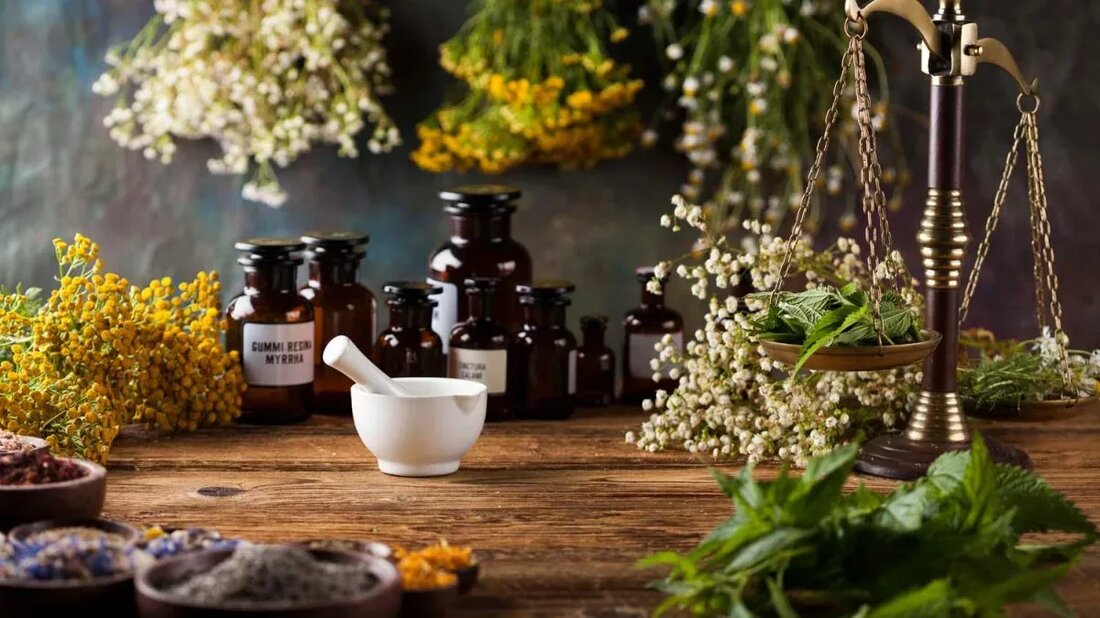What is the Chinese herbal tea Wang Lao Ji?
What is the Chinese herbal tea Wang Lao Ji?
in China, Wang Lao Ji or Wong Lo Kat in Cantonese is one of the most popular herbal teas. Wang Lao Ji is said to be a product that was commercialized and sold by Wang Zebang (nickname Wang Ji) from Heshan in the province of Guangdong.
currently sold as a herbal drink, the ingredients are seven different types of Chinese herbal plants: “Water, White Sugar, Mesona, Dan Hua, Bu Zha Ye (Microcos Paniculata Linn), Chrysanthemeblüten, Jin Yin Hua (Lonicera Japonica Thunb.), Prunella vulgaris and Cute. Hua ”does not refer to eggs, but to the Apocynaceae species).
This is a seven-part series that examines the content of Wang Lao Ji seven herbal tea drinks on FB Liangcha-herbal tea.
One of the main herbs in Wong Lat Kat is Xia Ku Cao or Prunella vulgaris, generally known as self -healing, panacea, heart of the earth, and is a medicinal plant of the genus Prunella. It is a multi -year herb that occurs and grows throughout Europe, Asia and North America by spreading its roots underground. The flowers bloom depending on the climate and other conditions, but usually from June to August.
The entire plant is harvested for medical purposes when the flowers flower and dried. The leaves and small flowers are all edible.
HEAL all is both edible and medically and can be used in salads, soups and stews. Medically healing everyone has been used in alternative medicine for centuries on almost all continents in the world and in almost every illness.
- Plant components: Betulic acid, D-Kampfer, Delphinidine, hyperoside, manganese, oleanic acid, rosemary acid, rutin, Ursolic acid and tannine.
- Medical properties: antibacterial, fever -reducing, antiseptic, antispasmodic, antiviral, astringent, carminative, diuretic, styptically and tonic.
- Medical applications: fever, diarrhea, oral and sore throat, inner bleeding and weaknesses of the liver and the heart
There are clinical analyzes that show that it has an antibacterial effect and inhibits the growth of pseudomonas, Bacillus Typhi, E. Coli and Mycobacterium tuberculi. Support of his use as an alternative medicine internally and externally as an antibiotic and for difficult to curable wounds and illnesses.


Kommentare (0)